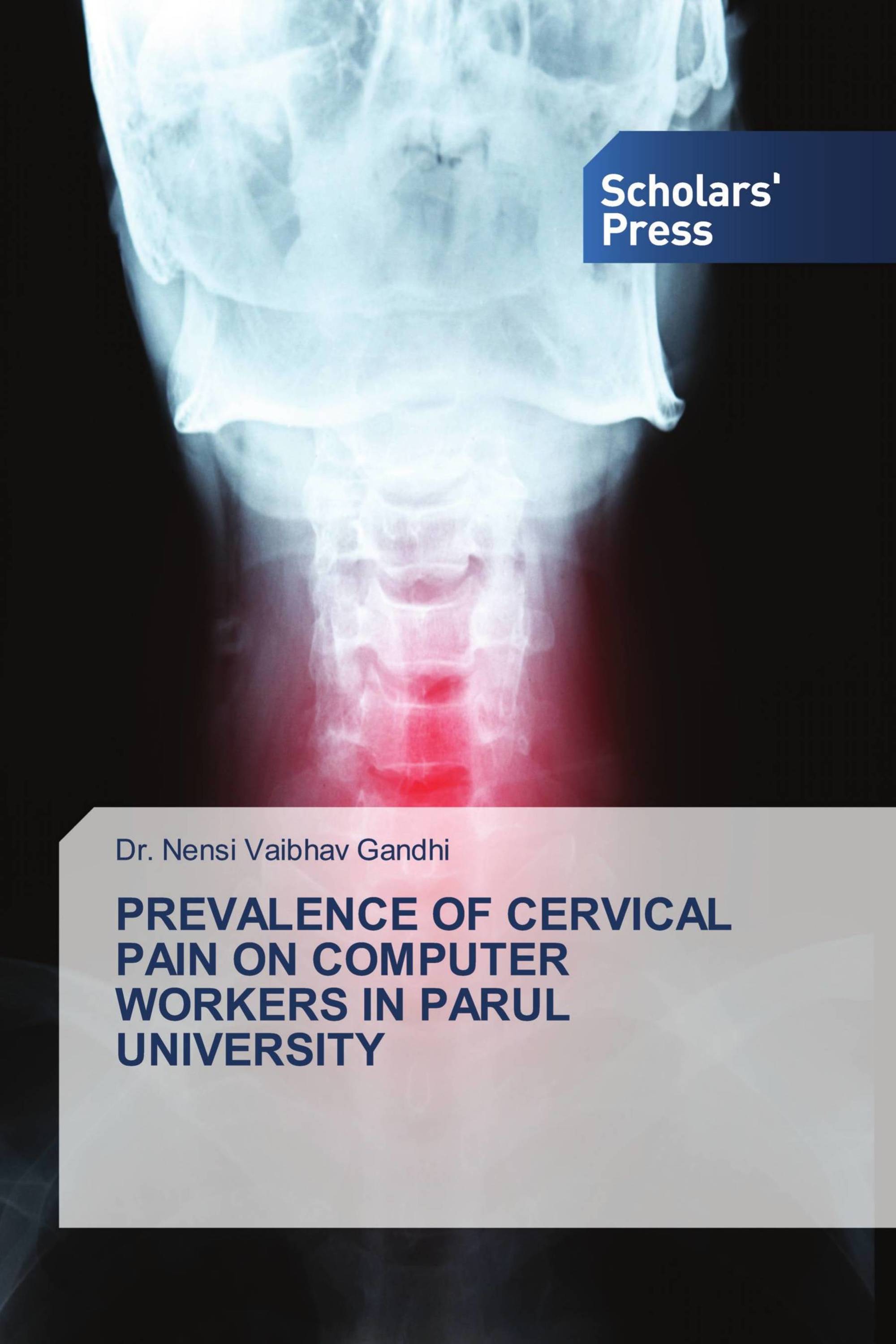The cervical section of the spine consists of seven vertebrae (C1–C7) and six intervertebral discs, and extends from the base of the skull to the top of the trunk, where the thoracic vertebrae and rib cage start. The cervical spine’s major functions include supporting and cushioning loads to the head/neck while allowing for rotation, and protecting the spinal cord extending from the brain. Each intervertebral disc is a complex structure comprised of three main components, a thick outer ring of fibrous cartilage called the annulus fibrosus, a more gelatinous core called the nucleus pulposus, and the cartilage vertebral endplates. The intervertebral discs are the among the largest avascular tissues within the body, due to the lack of vessel penetration throughout the internal sections. Neck pain is very common in society, particularly in office workers. By defining the pain, ”pain is Associated with tissue injury and capability to identify pain sensations”. This pain and disability is due to the pressure of socioeconomic problems, especially reimbursement to which involves the injuries. Cervical pain involving skull and neck zone was the outcome of mechanical syndrome.
Book Details: |
|
|
ISBN-13: |
978-613-8-93602-2 |
|
ISBN-10: |
6138936027 |
|
EAN: |
9786138936022 |
|
Book language: |
English |
|
By (author) : |
Dr. Nensi Vaibhav Gandhi |
|
Number of pages: |
52 |
|
Published on: |
2020-07-16 |
|
Category: |
Specialized Medical occupations |
